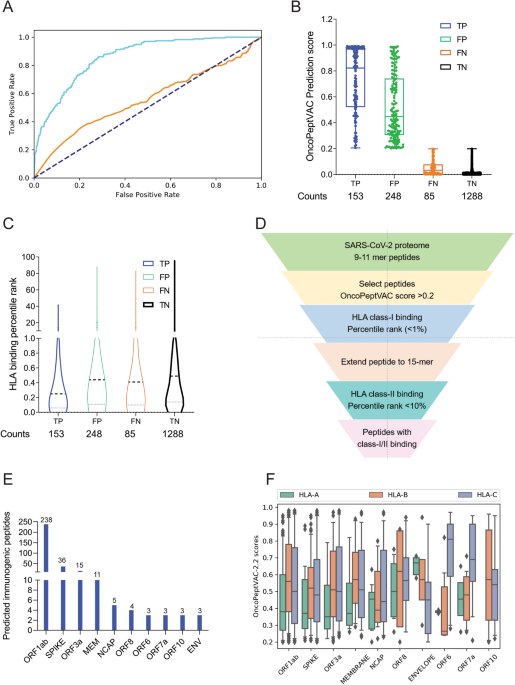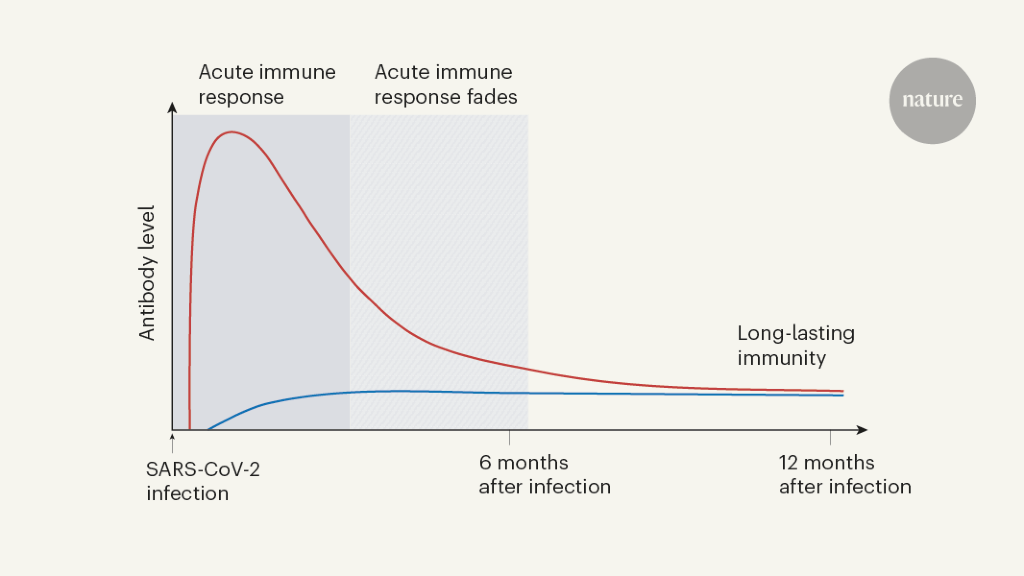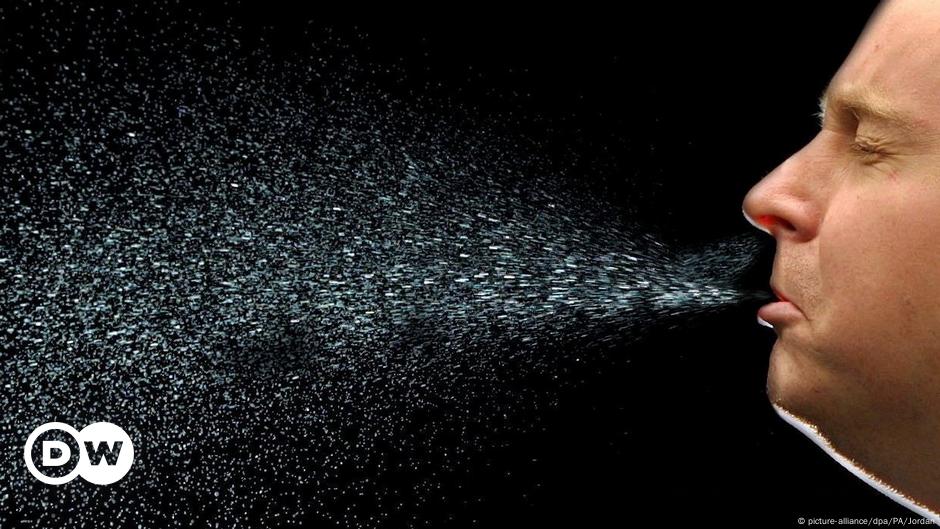
Dismantling myths on the airborne transmission of severe acute respiratory syndrome coronavirus-2 (SARS-CoV-2)
lInternational Centre for Indoor Environment and Energy, Department of Civil Engineering, Technical University of Denmark, Kongens Lyngby, Denmark
lInternational Centre for Indoor Environment and Energy, Department of Civil Engineering, Technical University of Denmark, Kongens Lyngby, Denmark
The coronavirus disease 2019 (COVID-19) pandemic has caused untold disruption throughout the world. Understanding the mechanisms for transmission of severe acute respiratory syndrome coronavirus-2 (SARS-CoV-2) is key to preventing further spread, but there is confusion over the meaning of ‘airborne’ whenever transmission is discussed. Scientific ambivalence originates from evidence published many years ago which has generated mythological beliefs that obscure current thinking. This article collates and explores some of the most commonly held dogmas on airborne transmission in order to stimulate revision of the science in the light of current evidence. Six ‘myths’ are presented, explained and ultimately refuted on the basis of recently published papers and expert opinion from previous work related to similar viruses. There is little doubt that SARS-CoV-2 is transmitted via a range of airborne particle sizes subject to all the usual ventilation parameters and human behaviour. Experts from specialties encompassing aerosol studies, ventilation, engineering, physics, virology and clinical medicine have joined together to produce this review to consolidate the evidence for airborne transmission mechanisms, and offer justification for modern strategies for prevention and control of COVID-19 in health care and the community.
As the severe acute respiratory syndrome coronavirus-2 (SARS-CoV-2) pandemic rages on, so does the debate over what fraction of transmission occurs by aerosol exposure, as opposed to direct or indirect transmission by droplets and fomites [[1], [2], [3], [4], [5], [6], [7], [8], [9]].
Leave a Comment
Related Posts

Immunodominant T-cell epitopes from the SARS-CoV-2 spike antigen reveal robust pre-existing T-cell immunity in unexposed individuals
Comment











/cdn.vox-cdn.com/uploads/chorus_asset/file/25330660/STK414_AI_CHATBOT_H.jpg)








